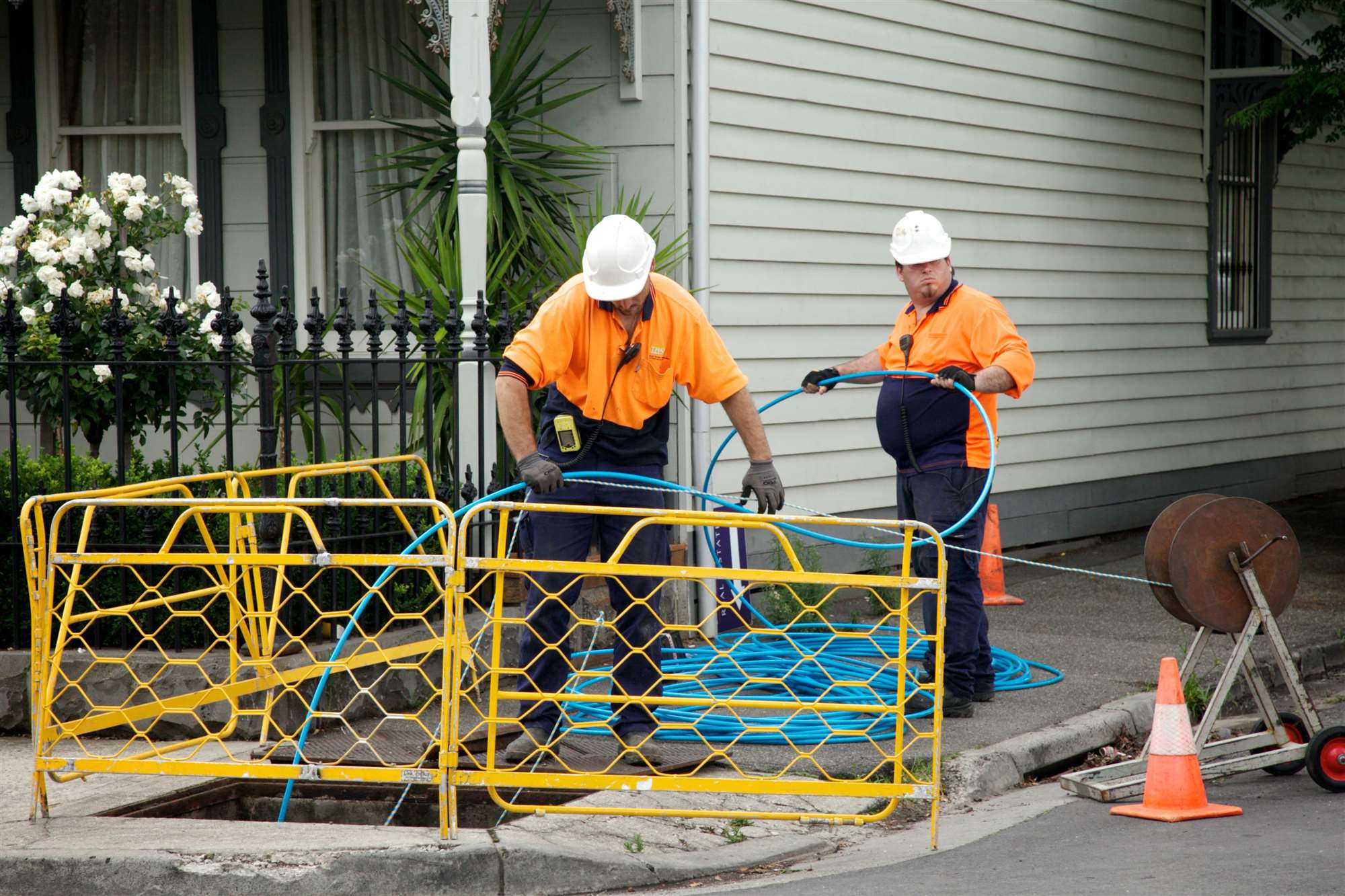Over half of first-timers connecting to the NBN don’t shop around and simply go with their existing internet provider, new research shows.
The Australian Communications and Media Authority (ACMA) looked at the NBN migration experiences of 900 customers – 500 that had connected, and 400 that hadn’t to work out why that was the case.
Somewhat limiting what one might infer from the research, however, is that all the customers received fibre-to-the-premises (FTTP) connections, an all-but-defunct option in the revised NBN.
Still, the research provides some insight into how Australians approach connecting to the NBN for the first time, as well as areas where improvements might make the transition simpler.
One thing that has happened on the NBN to date is that it has entrenched the position of a few large ISPs; effectively, those that had big ADSL customer bases also have big NBN customer bases.
The ACMA’s research offers one answer for why this is so: internet customers simply have little appetite to switch providers.
“More than half of the connected consumers did not compare offers for phone and internet services, choosing largely to remain with their current service provider,” the ACMA said in its report.
“The qualitative research revealed that residents were happy to stay with their provider for phone and internet services as it was easier.
“They also assumed that it would make the process smoother and believed they would receive benefits associated with their loyalty (for example, a new modem for free/same data and download speeds).”
Only 46 percent of those that connected to the NBN compared offers for their broadband – and even less for their phone line (though the latter perhaps suggests more people may have used the NBN as an excuse to ditch fixed-line phone services altogether).
One important finding, though, is that those who tried to compare broadband plans by rival ISPs found it difficult. That suggests work to be done on the part of providers looking for a greater slice of the NBN market.
The ACMA’s research also pointed to challenges in understanding exactly what it takes to get connected to the NBN, and how to get the best performance from a connection.
Qualitative research suggested a “limited understanding of the specific steps involved in the migration process and some confusion at this stage as to who will be providing different aspects of the installation service.”
“Many participants did not know who to call if there was an issue,” the ACMA said.
“[In addition], many only became aware that the NBN was being installed when the cable-layers commenced work in their street.”
Despite connecting to the FTTP part of the NBN – acknowledged as technically the fastest portion – some users reported services that were slower and less reliable “than before connecting to the NBN”.
“The qualitative research showed that residents were unaware that simply switching to the NBN did not guarantee high speed internet (that is, that internet speed would depend on the purchased plan),” the ACMA found.
“A number of businesses complained that the service they received from providers was slow and unresponsive.
“Frustration was also expressed with services dropping out and other internet connection problems.
“For both residents and businesses, there was some confusion as to whether the problems being experienced during connection were due to the ISP’s service, NBN Co’s infrastructure or their devices.”
Despite this, most customers were generally excited by the prospect of fibre-to-the-home. Three-quarters of homes migrated within three months of availability, while businesses generally moved within six months.
There will no doubt be plenty of interest should the ACMA decide to run a further iteration of the research for fibre-to-the-node (FTTN) or other access technologies in the government’s multi-technology mix model. Much of the user experience with these technologies is yet to be properly analysed.









